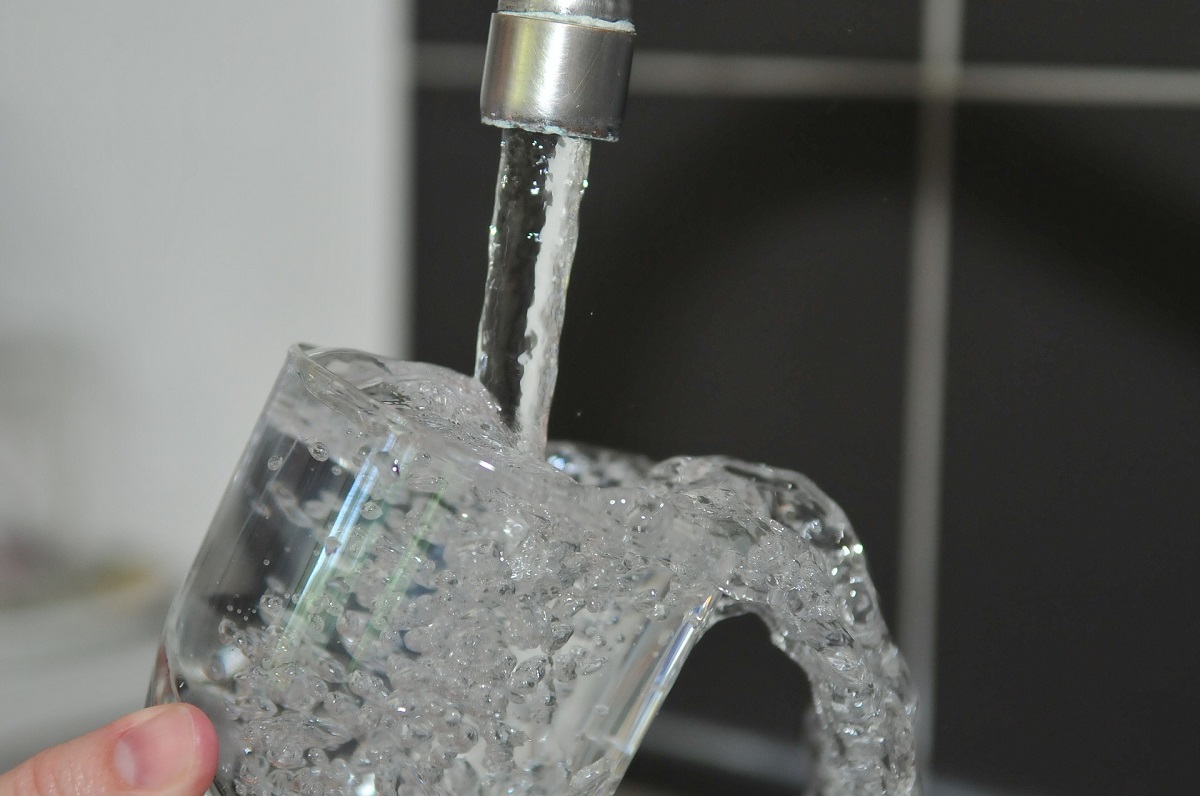Guide to Maintaining Your Water Softener Properly

A water softener or softening system softens the water running through your pipes by removing calcium and magnesium. With softened water, you no longer have to deal with scum, pipe clogs, sediments, and other negative effects of having hard water.
However, to keep your water softener running efficiently, proper maintenance is required. If you’re not familiar with how to maintain a water softener, here are some tips to keep in mind:
- Break up salt bridges
Sometimes, the salt in your water softener hardens and leaves a hollow space between the salt and water. When this happens, the salt cannot be dissolved in the water, rendering the resin beads unable to soften the water.
You can tell if a salt bridge has formed if your water starts showing signs of hardness again (e.g. soap scum, slimy feeling after handwashing, funny smells or taste). If a salt bridge forms in your water softener, carefully break it up with a long tool and scoop out the chunks from the bottom of the tank.
- Clean the tank regularly
Regular cleaning is essential to keep your water softener in good shape. Check the manufacturer’s instructions and see the recommended cleaning schedules for your particular model. Some models can go up to a decade without cleaning, while some require cleaning at least once a year. In any case, make sure you keep up with your water softener’s cleaning schedule to prevent issues from arising.
- Scoop out salt sludge
Salt mushing occurs when salt forms into a sludge at the bottom of the tank instead of dissolving completely in the water. This salt mush blocks the intake valve, which then leads to blockage, improper cycling, and possible flooding. Of course, this can lead to your water becoming hard again, plus a mess that can be a hassle to clean.
To avoid this problem from the get-go, use high-quality salt pellets, don’t put too much salt in the tank, and keep the humidity level normal around the tank. But if salt mushing has already occurred, the sole solution is to drain the water from the tank and replace the salt.
- Flush the resin bed
It’s a good idea to flush the resin bed of your water softener once in a while to keep in good shape. However, if the water does not come out of your taps soft or if the softened water runs out too quickly, it may be time to replace your resin bed altogether. Luckily, replacing the resin bed of a water softener is relatively easy and inexpensive, so you can readily do it when your water softener starts acting up.
- Use good salt
Use salt with higher purities for your water softener. Higher purity salts leave less residue in the tank, which helps avoid salt mushing and salt bridges.
As you’ve already learned by now, proper water softener maintenance is relatively easy. However, skipping on it can be disastrous for your water system and the unit itself. Don’t risk having hard water coming out of your taps again. With these tips, you can make sure your water softener runs smoothly and lasts as long as it is expected to.










